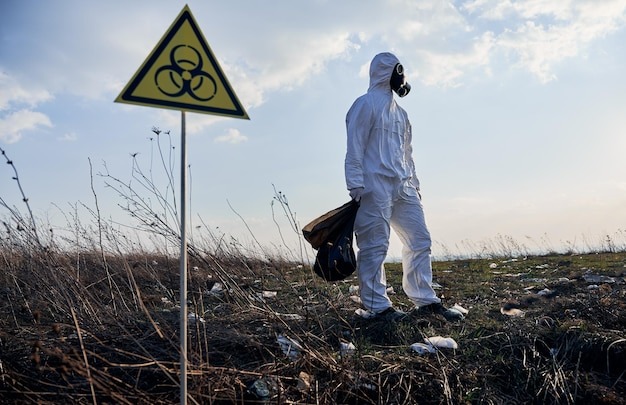Asbestos, a much harmful material, can cause severe health issues among the residents of a house if it exceeds the suitable level. Here, investing in the most effective asbestos air testing and monitoring becomes the need of the hour.
These robust and efficient services are offered by expert firms of asbestos air monitoring regulations and dust monitoring, for every type of household. The benefits offered by these valuable services are always top-class.
There are different kinds of and various tools used for the best asbestos air testing and monitoring. We will get to know them as we move ahead in this post.
Types of Asbestos Air Testing and Monitoring Methods
These services are critical to know the presence and type of asbestos in the house property. Different methods are used, each suited for specific cases and areas.
Different types of these air testing and monitoring may include background, clearance and reassurance air testing. These methods are followed to monitor the levels of asbestos airborne fibres, at the time of managing or removing them.
These robust tests make sure that the clearance indicator for asbestos removal is below a specific level, to confirm that there are no airborne fibres before resuming work.
1. Air Sampling
This is a vital method for asbestos air monitoring regulations. It helps to determine the nature of airborne fibres. Air sampling helps to assess airborne fibre levels in the area where materials, containing asbestos, have been disturbed.
This method includes collecting unique samples of air using a special device. This device captures all the air particles onto a filter or a tray. These critical samples are then tested in labs to measure the traits of airborne fibres.
Air sampling is needed to identify potential health hazards for house residents.
2. Bulk Sampling
Bulk sampling includes collecting physical samples of different materials suspected of asbestos presence, like insulation or flooring. Each of these samples is then deeply assessed in a lab setting. It is done to check the presence and nature of the asbestos.
Bulk sampling is needed to check the presence of asbestos in materials before any renovation or demolition works. It ensures that all relevant safety measures are taken.
3. Surface Sampling
This kind of sampling is done to collect unique samples from different house areas such as floors or walls. It helps to to detect the type of asbestos, contained in dust or debris. Surface sampling is often needed after removal of asbestos. This helps to ensure that no harmful fibres are present in the surrounding area
Each testing method offers some valuable data to handle the risks of airborne fibres. It helps to ensure the safety of all the occupants, inside a property. Using these relevant testing strategies depends on the specific cases and risks of asbestos exposure.
Tools Needed For Asbestos Air Monitoring And Testing
To conduct relevant and reliable airborne fibre testing, expert agencies of asbestos and dust monitoring, use some special tools and devices, efficiently. All those essential tools are discussed below.
Air Sampling Pumps
These robust pumps are needed for collecting different samples of air to assess the presence of asbestos fibres. Each type of these pumps have certain advanced features such as adjustable flow rates, long battery life, longevity and reliability. All of these are considered on the basis of specific demands of the testing area.
These pumps are of two main types:
- High-volume pumps are used for clearance and environment monitoring. These are capable of working in larger areas.
- Low-volume pumps are normally used while having personal sampling. This focuses on the asbestos exposure to each person.
Cassette Filters
Expert agencies select the correct filter based on the method of assessment. They ensure that the size of pores and materials are perfect for the type of sampling being done.
Managing and storing these filters are crucial to avoid any damage and preserve the actual values of each sample.
The choice of filters are vital in knowing airborne fibres correctly.
- MCE filters are widely used while assessing PCM.
- Polycarbonate filters are the best to do TEM analysis due to the fineness of all pore sizes.
Protective Gear
To ensure top safety during airborne fibre testing, using relevant PPEs and RPEs, are always crucial. These safety aspects are needed for safety matters. They also help to comply with certain asbestos air monitoring regulations.
Proper training and handling methods must be followed. This will help to reduce the risk of exposure to these harmful fibres while doing testing work. These protective gears may include:
- Class-H vacuum cleaners. These are specifically made for asbestos, which helps to prevent the release of dangerous fibres into the air.
- RPEs, such as masks and respirators, play a crucial role to protect each person from inhaling dangerous asbestos airborne fibres.
Conclusion
Investing in the best asbestos air and dust monitoring can certainly be very effective and beneficial, for a household. These certain services can be the most perfect measure to assess and handle the presence of harmful asbestos airborne fibres, in a house property in the right way.
Visit our home-page for more information




